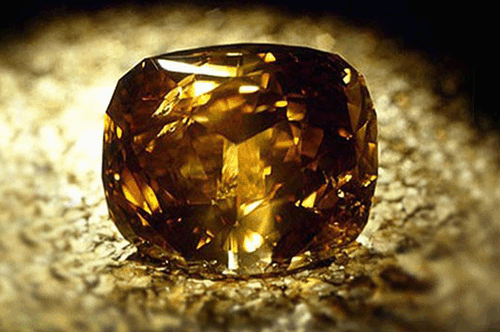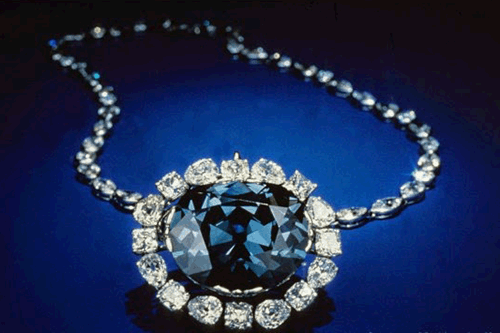The Four C's -
Clarity
The clarity of a diamond is the third major
characteristic used in determining its value. "Clarity" is the measure
of the internal imperfections of a diamond, known as
"inclusions." Inclusions may be structural imperfections, such as
tiny
cracks or crystals of a foreign material, or another
diamond crystal.
The number, size, color, relative location,
orientation, and visibility of these imperfections can all have a bearing
on the perceived clarity of a diamond. The GIA,
for example, has developed a system to grade clarity based on the number
of
inclusions that are visible to a trained professional
when viewing a diamond from above, under 10x magnification.
Thefollowing illustration is the Grading
Chart:

As illustrated, the clarity scale ranges from FL
(Flawless) to I-3 (Imperfect). Diamonds in the I-3 clarity grade,
usuallycontain so many inclusions that their brilliancy
and sparkle are greatly reduced making them marginal as "fine
jewelry."
In fact, they are considered "Promotional Quality."
Even I-1 and I-2 clarity grade diamonds can be less than ideal
asfine jewelry if a major imperfection is "eye-visible"
(not able to be hidden by the setting).
Diamonds increase in value if they receive high
clarity ratings. Of all the diamonds mined, only 20 percent have a
clarity rating high enough to be considered gem
quality, and of that 20 percent, many contain one or more
visible
inclusions. Those that do not have one or
more visible inclusion are considered "eye-clean" and are preferred gemstones
valued by consumers
throughout the world.
The Four
C's:
Carat (weight) |
Color |
Clarity | Cut







